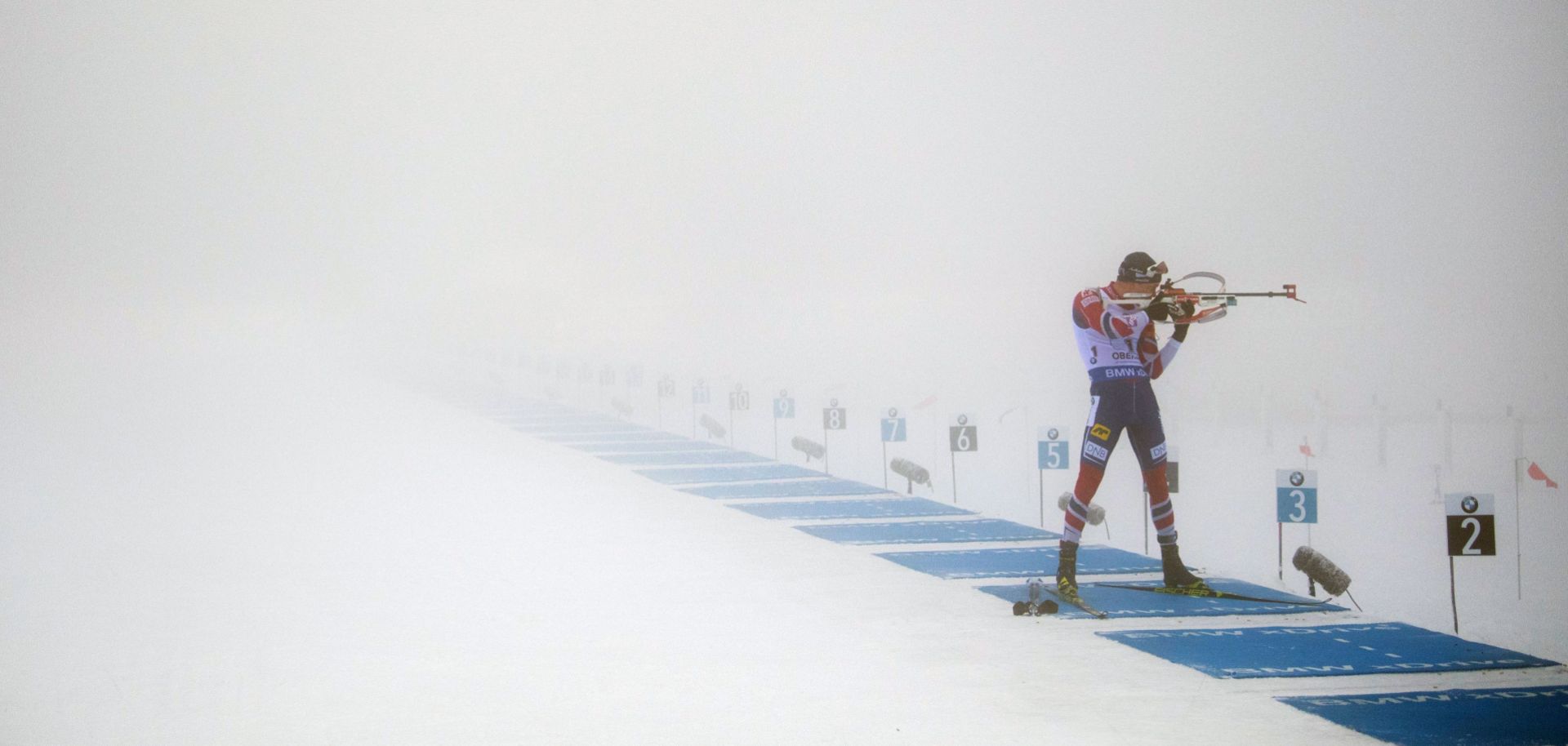Considering the military dimensions of the Pyeongchang Olympics, I have found myself transfixed by the biathlon competition. The modern version of the sport, a combination of cross-country skiing and riflery, evolved from the centuries-old tradition of Alpine combat that began with skiing archers in the Nordic nations. Along with the shooting sports of the Summer Olympics, biathlon explicitly evokes the military experience, even if most biathletes today emerge from the sports world rather than the combat zone. Of course, the relationship between the military and sports extends far beyond competitions that mimic combat. Of course, military service requires a level of physical training. Military sports programs can encourage fitness among personnel as well as offer a range of benefits from healthy recreation to public relations. This tradition continues at Pyeongchang, especially for some athletes from the United States and South Korea....


